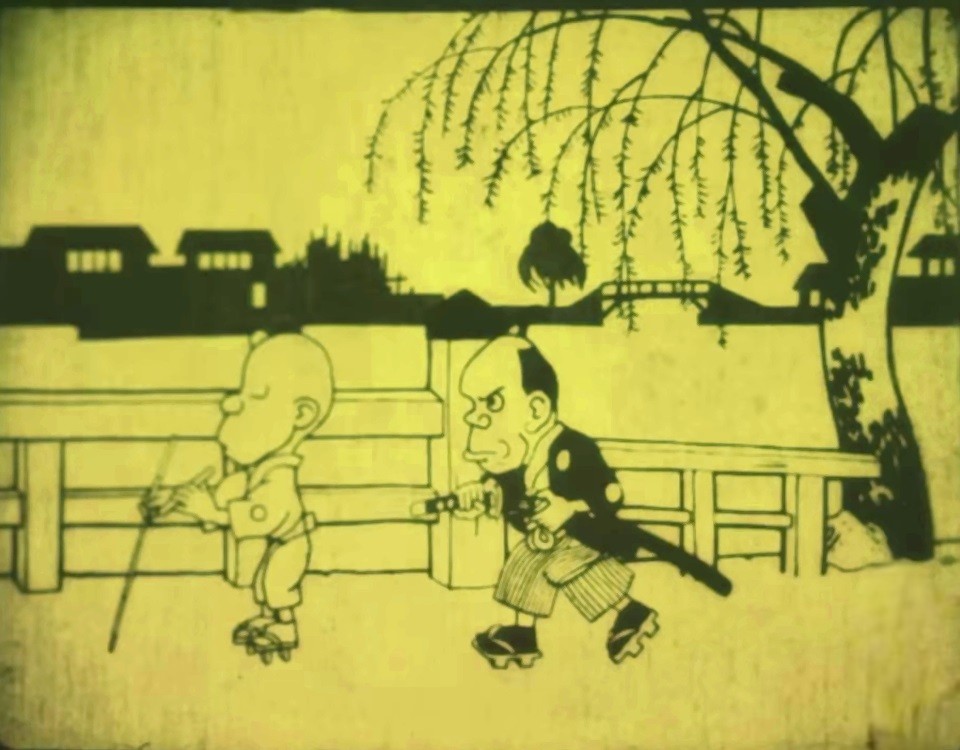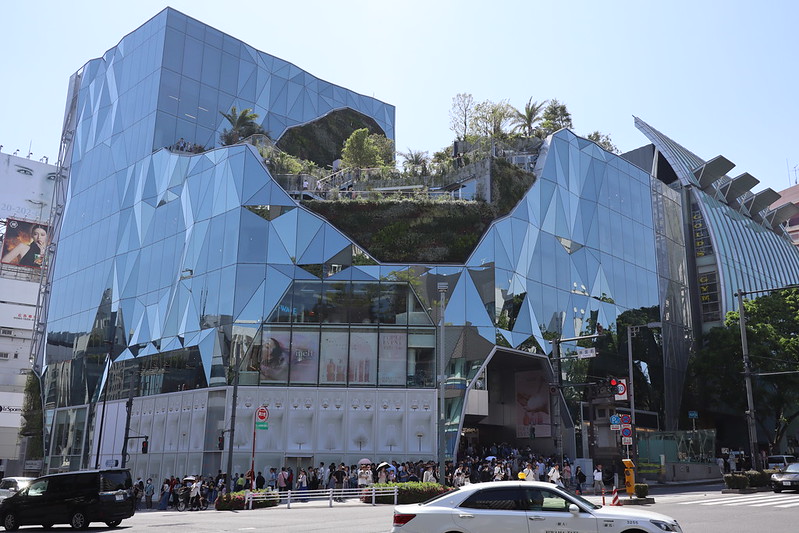
Bryce was born in California, but raised from the age of 3 near Seattle, Washington. He’s been living in Tokyo for about 8 years, and graduated from Temple University, Japan with degrees in economics and international business. He loves traveling of course, but also cooking, snowboarding, some video games as well. His biggest interest is songwriting/music production, more specifically electronic music (think Skrillex, Marshmello, Deadmau5, etc.) He also has terrible humor as you’ll notice, but he hopes you’ll enjoy it!
This post may contain some affiliate links. When you click through and make a purchase we may receive some commission, at no extra cost to you.
Embark on a captivating journey through the vibrant world of Japanese animation, where imagination knows no bounds and storytelling has reached new heights. While its nature lies in fantasy, its real world implications are quite astonishing. Currently, its market size is about 26B and, with its nearly 10% growth rate, is projected to double by the year 2030. If anyone disses you for liking Anime, just ask them what their favorite entertainment industry’s CAGR growth rate is. (fun fact: The global movie industry is little over 90B and declined by 3% last year… so, go Anime!). Anyways, enough business talk- in this exploration, we’ll dive into the roots of Anime, uncover the visionary impact of Osamu Tezuka, navigate the digital revolution, and glimpse into the global phenomenon that is shaping the future of this extraordinary art form.
1. What is Anime
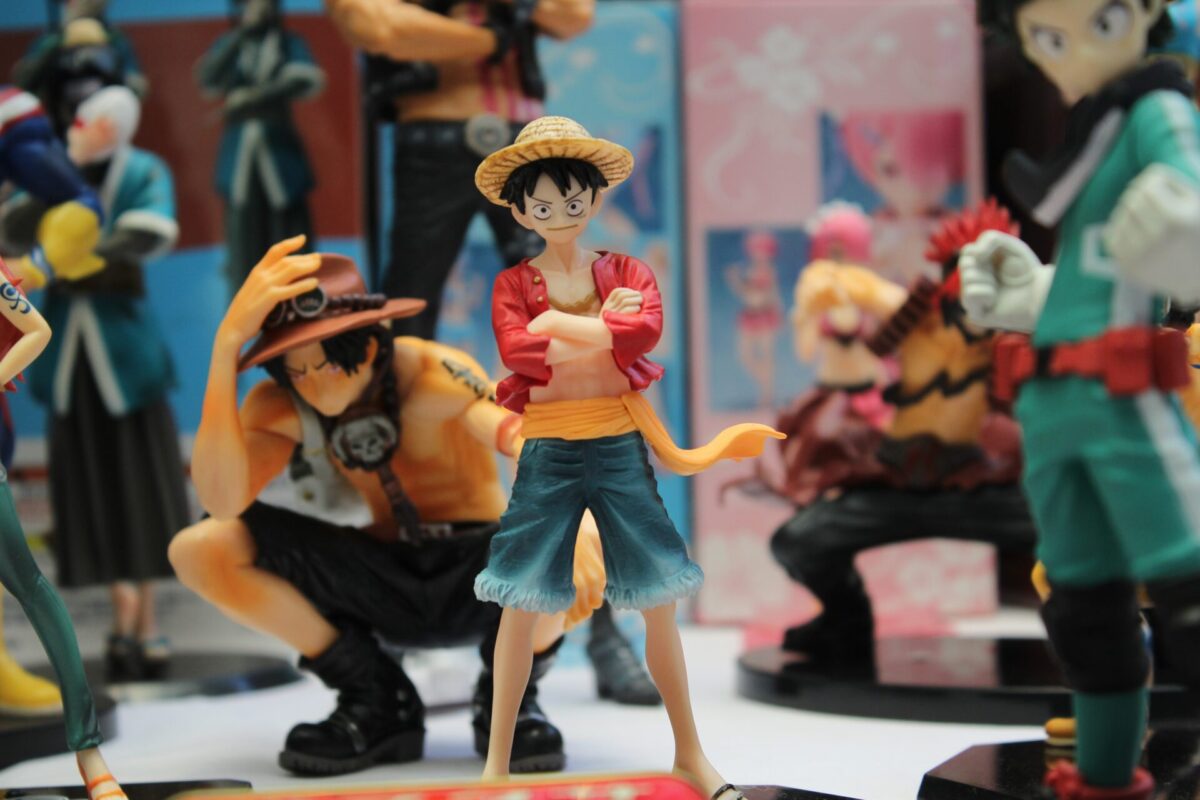
Anime, an adaptation of the English word “animation”, pronounced using the phonetic Japanese alphabet to get “ah-knee-meh”, is a diverse and dynamic form of animated entertainment. It encompasses a vast range of genres, styles, and narratives, captivating audiences with its unique blend of artistry and storytelling. Unlike the general stigma around cartoons in Western cultures, Anime caters to all age groups offering a kaleidoscope of emotions, from heartwarming tales to epic adventures and everything in between. And, aside from the staggering economic implications, noting that Anime isn’t simply for kids is another way to slate the haters.
Whether you’re a seasoned Otaku or a newcomer to this mesmerizing realm, Anime is more than just animated shows—it’s a cultural phenomenon that transcends borders. From classics like “Sailor Moon” and “Dragon Ball” to modern masterpieces like “My Hero Academia” and “Attack on Titan,” Anime has become a global language, connecting fans worldwide through its compelling narratives and visually stunning animation. And, surely many know that some fans take their admiration to higher and higher levels.
2. Origin of Anime
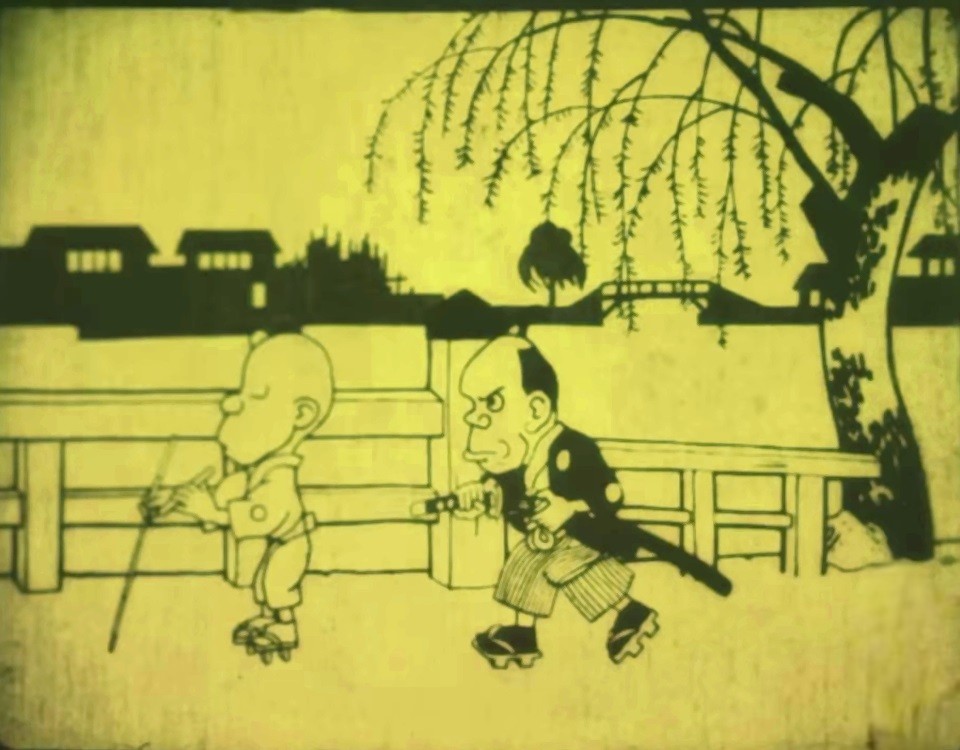
The roots of Anime trace back to early 20th-century Japan, influenced by both traditional Japanese art and Western animation- yes, Disney’s following in Japan is no recent thing. While there’s a bit of a prologue starting at 1907 that is worth inspecting, our exploration starts with one of the earliest pioneers, Junichi Kouchi, who created “Namakura Gatana” in 1917, a groundbreaking silent animated film. However, it wasn’t until the 1960s that Anime truly began to take its distinctive form. Many pre-war animations have been lost for various reasons. Productions from the 1920s to 1940s were more or less seen as inspirations, and were overall challenged with cost and competition (namely, disney)
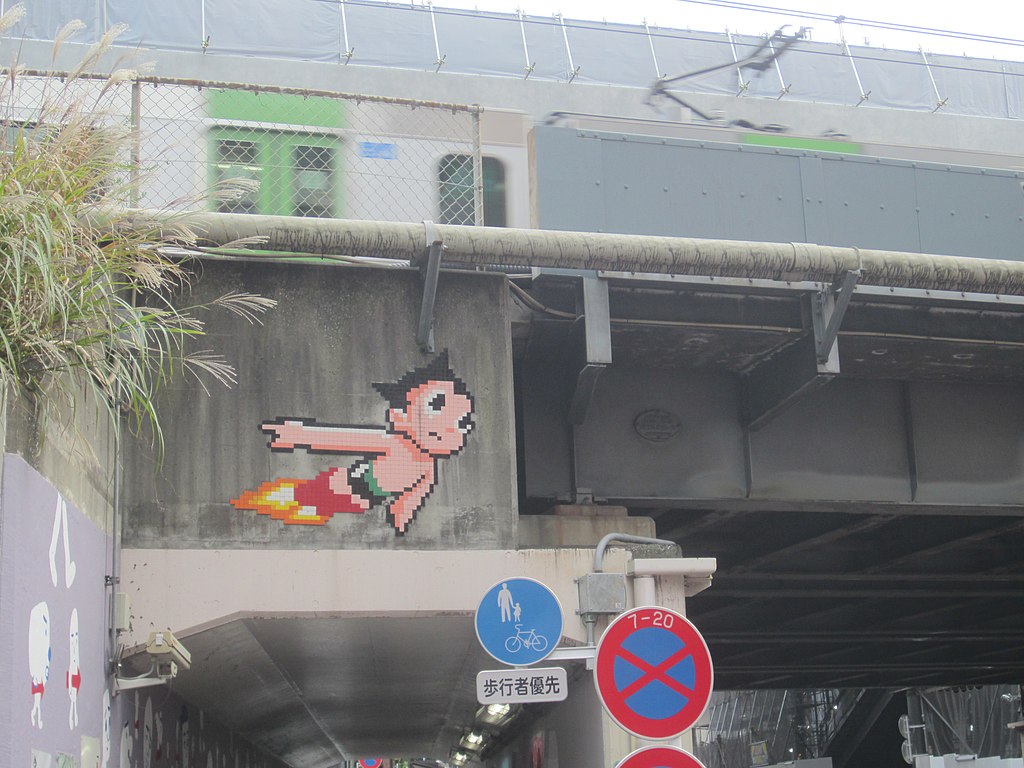
Osamu Tezuka, often hailed as the “God of Manga,” played a pivotal role in shaping the medium. Inspired by Disney’s animation techniques, Tezuka introduced a unique blend of expressive characters, intricate plotlines, and dynamic cinematography. His creation, “Astro Boy,” marked the birth of modern Anime in 1963, capturing the hearts of audiences with its endearing robot protagonist and thought-provoking themes.
3. Post-War Resurgence
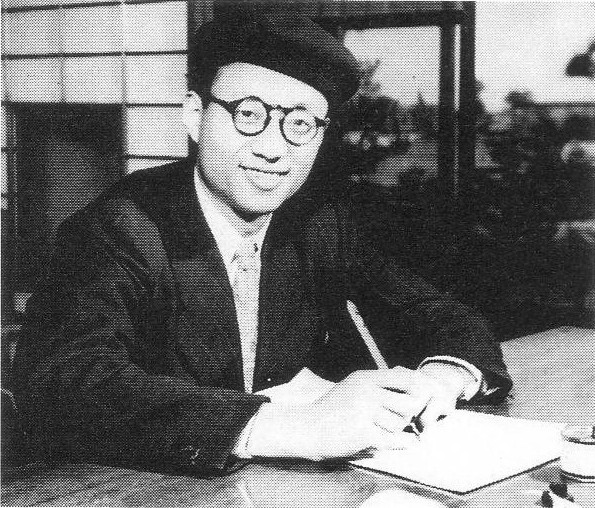
The post-war era in Japan witnessed a surge in creativity, and Osamu Tezuka’s influence became a driving force in the resurgence of Anime. Tezuka’s innovative approach not only elevated the quality of animation, but also expanded the thematic scope of Anime storytelling. His impact is indelible, laying the foundation for the diverse genres and storytelling techniques we see in Anime today. He was heavily inspired by Disney, being noted to have watched Bambi more than 80 times, but would go on to claim his inspiration to be Princess Iron Fan, a Chinese Animation.
Tezuka’s creations, such as “Black Jack” and “Phoenix,” delved into mature themes, challenging the notion that animation was solely for children. This shift paved the way for a broader audience, establishing Anime as a respected and influential art form. The Tezuka touch continues to echo through the decades, with modern creators paying homage to his legacy in their works.
4. Digital Transformation
As technology advanced, so did the world of Anime. The late 20th century witnessed a transformative shift from traditional hand-drawn animation to digital techniques. This evolution not only streamlined production processes but also opened new frontiers for creative expression. Studios embraced computer-generated imagery (CGI), allowing for breathtaking visuals and dynamic action sequences that once seemed impossible. The digital era ushered in a new wave of possibilities, pushing the boundaries of animation and captivating audiences with visually stunning landscapes and intricately detailed characters. Watching “ONE PIECE” may be a decent way to see how these developments have progressed, as it is the longest running Anime ever.
5. Global Popularity
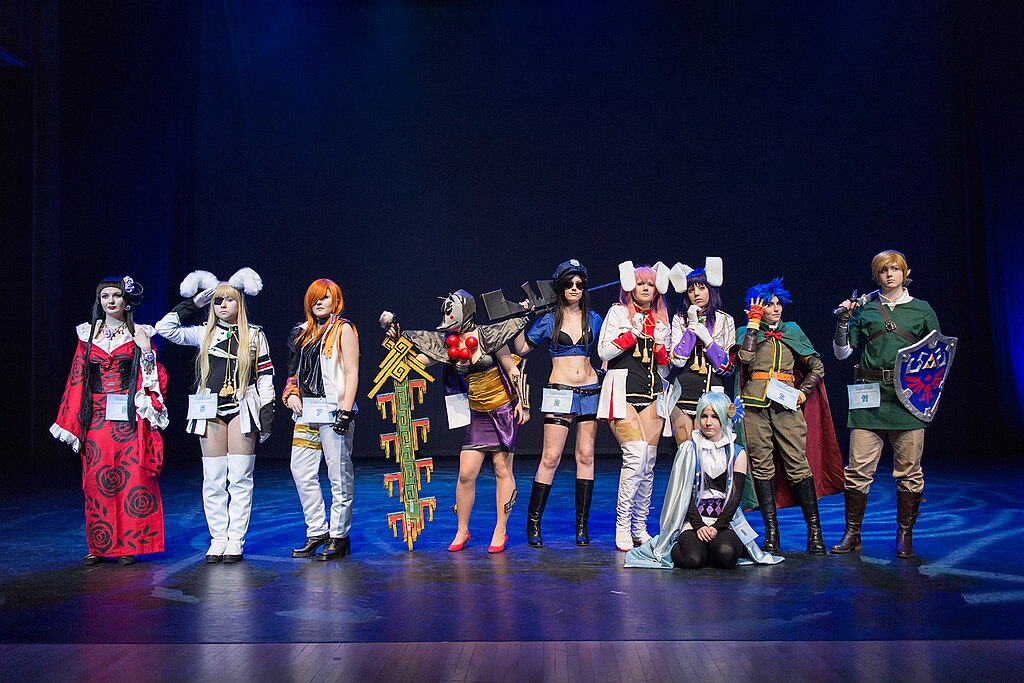
What started as a cultural phenomenon in Japan has now become a global sensation. Anime’s allure transcends borders, ages, and tastes, captivating audiences of any kind- prolific may even be too underwhelming of a word to use. The accessibility of streaming platforms and fan communities on social media has facilitated the global reach of Anime, creating a diverse and passionate fan base. Conventions like Comic-Con now feature Anime panels, and merchandise from popular series floods international markets. From Tokyo to New York, Anime has woven itself into the fabric of global pop culture, uniting fans from different corners of the world in their shared love for this extraordinary art form. For many, Anime is even reason enough to uproot their lives and move across the world to live in the heart of this fascinating culture.
6. Future of Anime
The journey of Anime is far from over; in fact, it’s poised for an exciting future. As we step into the next chapter, technological advancements like virtual reality and artificial intelligence are in a great position to redefine the Anime experience. Creators continue to push artistic boundaries, exploring innovative storytelling techniques and embracing diverse themes. Collaborations between Japanese studios and international creators promise a cross-cultural exchange that will further enrich the Anime landscape.
The global influence of Anime shows no signs of waning, and as it continues to evolve, so too will its impact on the world. As you explore the bustling streets of Tokyo or unwind in a traditional Ryokan, you’ll find traces of Anime’s influence everywhere—from themed cafes to vibrant street art. Immerse yourself in the magic of Japanese animation, and let it guide you through a journey that transcends time, culture, and the boundaries of imagination.
Japan Wonder Travel Tours
Japan Wonder Travel is a travel agency that offers guided tours throughout Japan.
From private walking tours to delicious Food and Drink tours, we can help you organize the best tours just for you! If you want to explore Japan and learn more about the history and backstories of each area you are visiting, our knowledgeable and friendly English speaking guides will happily take you to the best spots!
In addition, we can provide you with any assistance you may need for your upcoming trip to Japan, so please feel free to contact us if yu have any questions or need some help!
▶Tokyo Tsukiji Fish Market Food and Drink Tour
Explore the most lively and popular fish market in Tokyo and try some of the local’s favorite street foods and sake with one of our friendly and knowledgeable English speaking guides!

▶Tokyo 1–Day Highlights Private Walking Tour (8 Hours)
There’s no better way to explore an area than taking a tour with a knowledgeable local guide. You will have the chance to learn about the history and interesting background stories of Tokyo, as well as discover some hidden gems which can be hard to do without a guide.

▶Mt. Fuji Day Trip Bus Tour from Tokyo
Experience the breathtaking views of Mt. Fuji by visiting the highlights of the area on our guided sightseeing bus tour! Departing from Shinjuku in central Tokyo, you can travel comfortably to all of the best spots in the area by bus.

Follow us on Instagram, Facebook, Twitter, and TikTok for more travel inspiration. Or tag us to get featured!
Happy traveling!
